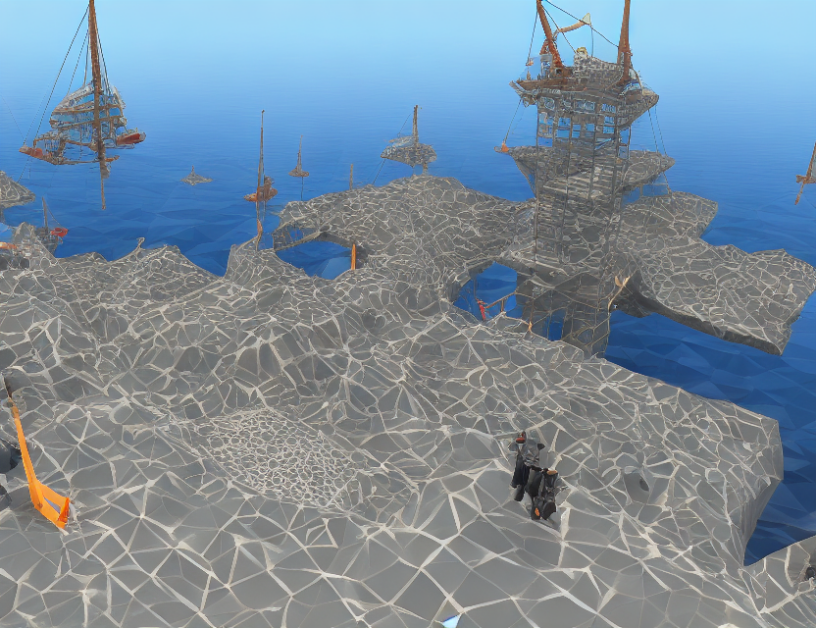Graph neural networks (GNNs) have gained significant attention in recent years due to their success in modeling complex relationships between objects in various domains. This survey provides an overview of the current state of GNNs, focusing on their applications in large-scale machine learning and key challenges that need to be addressed.
Section 1: Definition and Applications of Graph Neural Networks
- GNNs are a class of neural networks designed to work with graph-structured data.
- GNNs can be applied to various domains, such as social network analysis, recommendation systems, natural language processing, and computer vision.
- The main advantage of GNNs is their ability to capture complex relationships between objects in the graph.
Section 2: Types of Graph Neural Networks
-
There are several types of GNNs, including spectral-based methods, spatial-based methods, and hybrid methods.
-
Spectral-based methods operate on the graph spectrum, while spatial-based methods operate directly on the graph structure. Hybrid methods combine both approaches.
-
Each type of GNN has its strengths and weaknesses, depending on the specific application.
Section 3: Large-Scale Machine Learning with Graph Neural Networks -
GNNs have been successfully applied to large-scale machine learning tasks, such as node classification, graph classification, and link prediction.
-
The key challenge in applying GNNs to large-scale datasets is the computational complexity of training GNNs.
-
To address this challenge, several techniques have been proposed, including parallelization, attention mechanisms, and graph pooling.
Section 4: Challenges and Future Directions
- Despite their success, GNNs still face several challenges, including scalability, interpretability, and over-smoothing.
- To address these challenges, future research should focus on developing more efficient algorithms, improving the interpretability of GNNs, and exploring new graph neural network architectures.
Conclusion
- In conclusion, GNNs have emerged as a powerful tool for large-scale machine learning tasks.
- However, there are still several challenges that need to be addressed to ensure the widespread adoption of GNNs in practical applications.
- Future research should focus on developing more efficient and interpretable GNN algorithms and exploring new graph neural network architectures.



